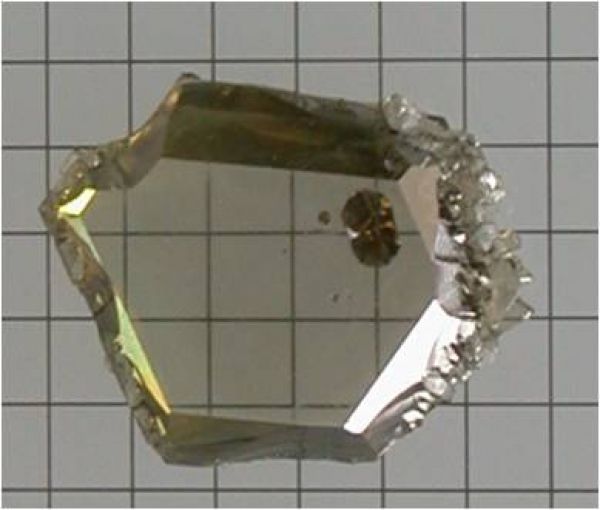Gallium nitride, a semiconductor that revolutionized energy-efficient LED lighting, could also transform electronics and wireless communication, thanks to a discovery made by Cornell researchers.
Their paper, “A Polarization-Induced 2D Hole Gas in Undoped Gallium Nitride Quantum Wells,” was published Sept. 26 in Science.
Silicon has long been the king of semiconductors, but it has had a little help. The pure material is often augmented, or “doped,” with impurities like phosphorus or boron to enhance current flow by providing negative charges (electrons) or positive charges (“holes,” the absence of electrons) as needed.
In recent years, a newer, sturdier family of lab-grown compound semiconductor materials has emerged: group III-nitrides. Gallium nitride (GaN) and aluminum nitride (AlN) and their alloys have a wider bandgap, allowing them to withstand greater voltages and higher frequencies for faster, more efficient energy transmission.
Read more at Cornell University
Image: Monocrystal of gallium nitride. CREDIT: Opto-p


